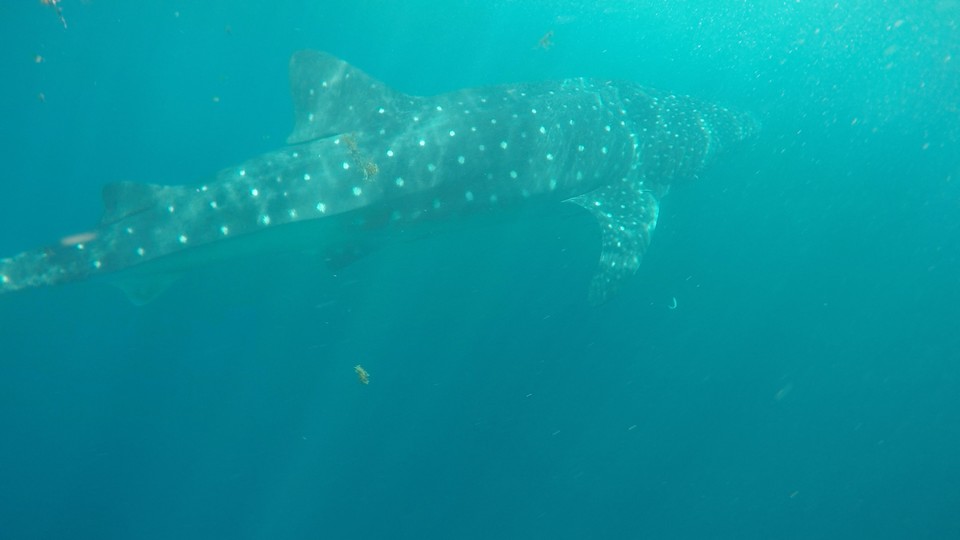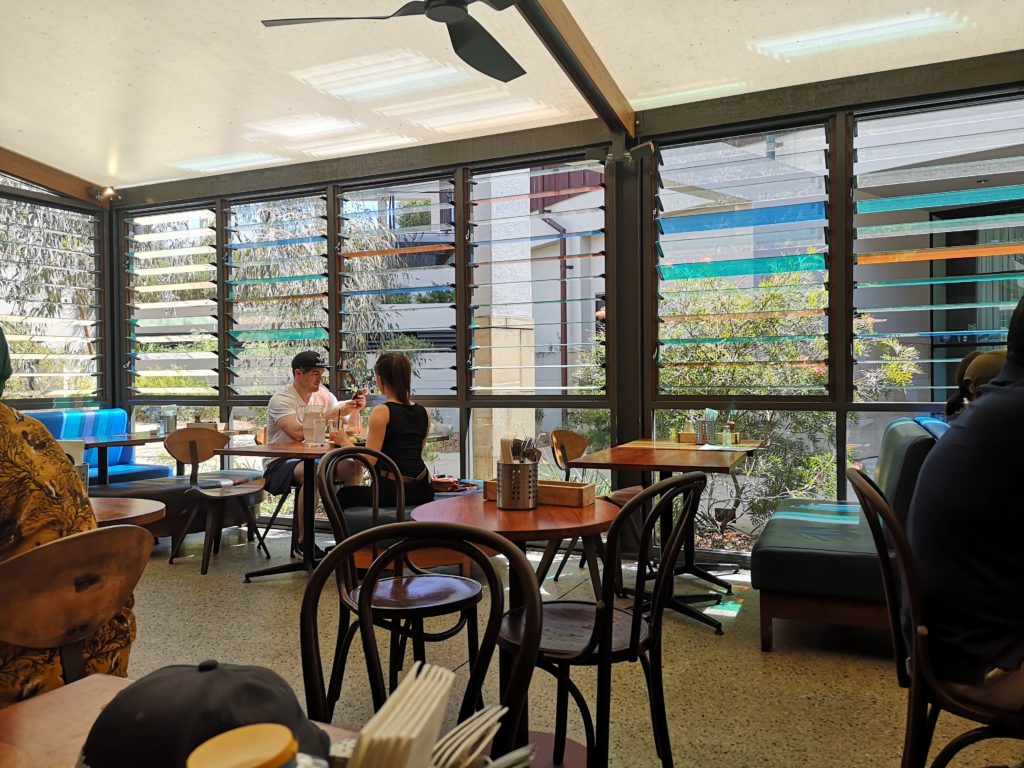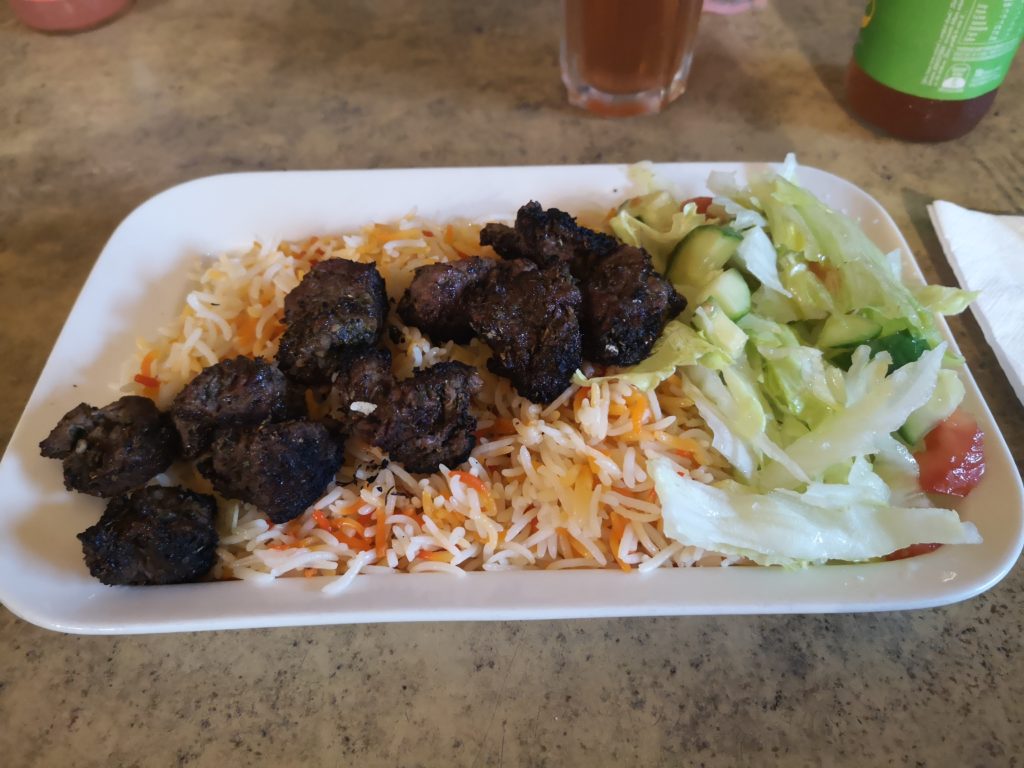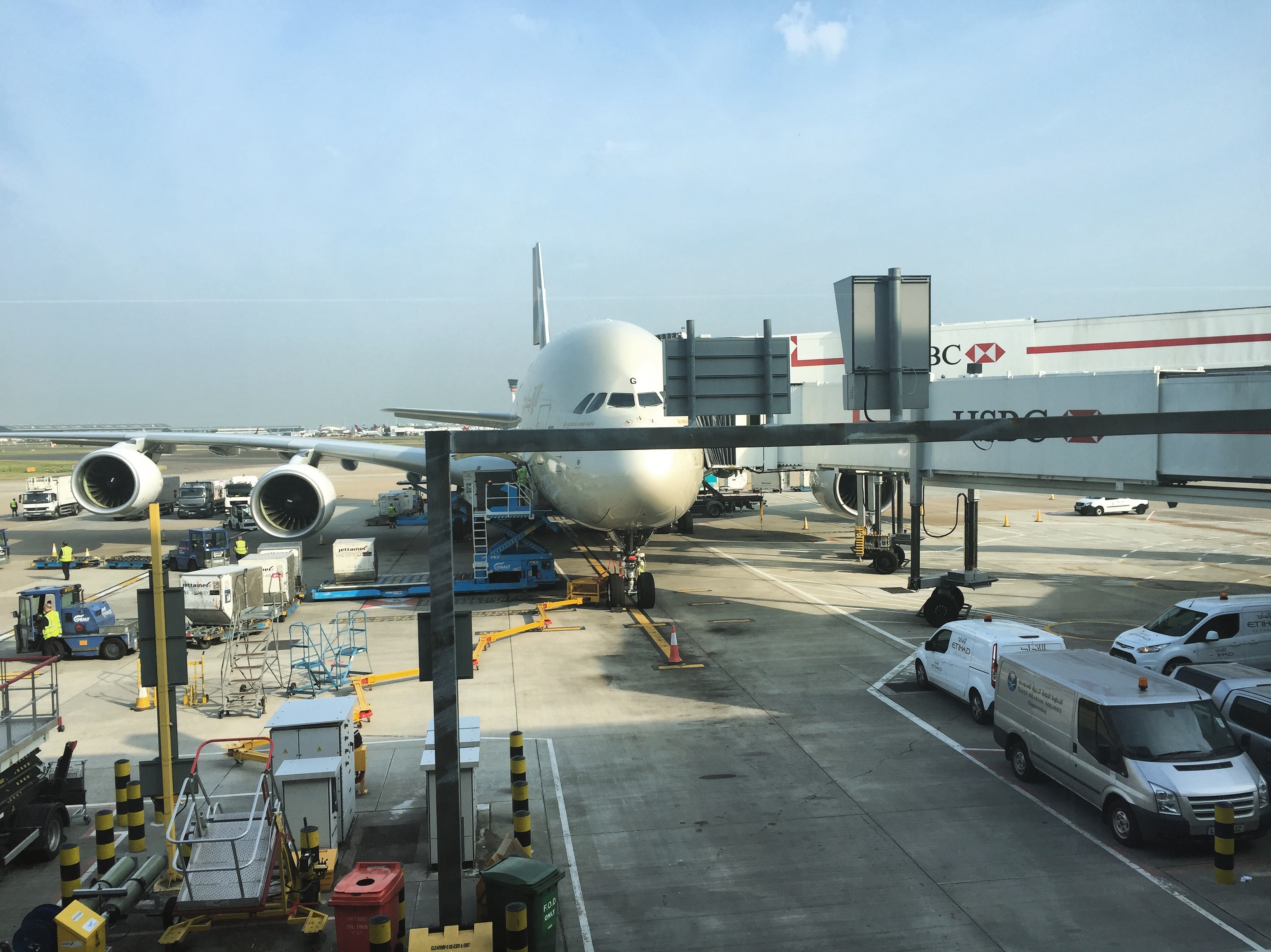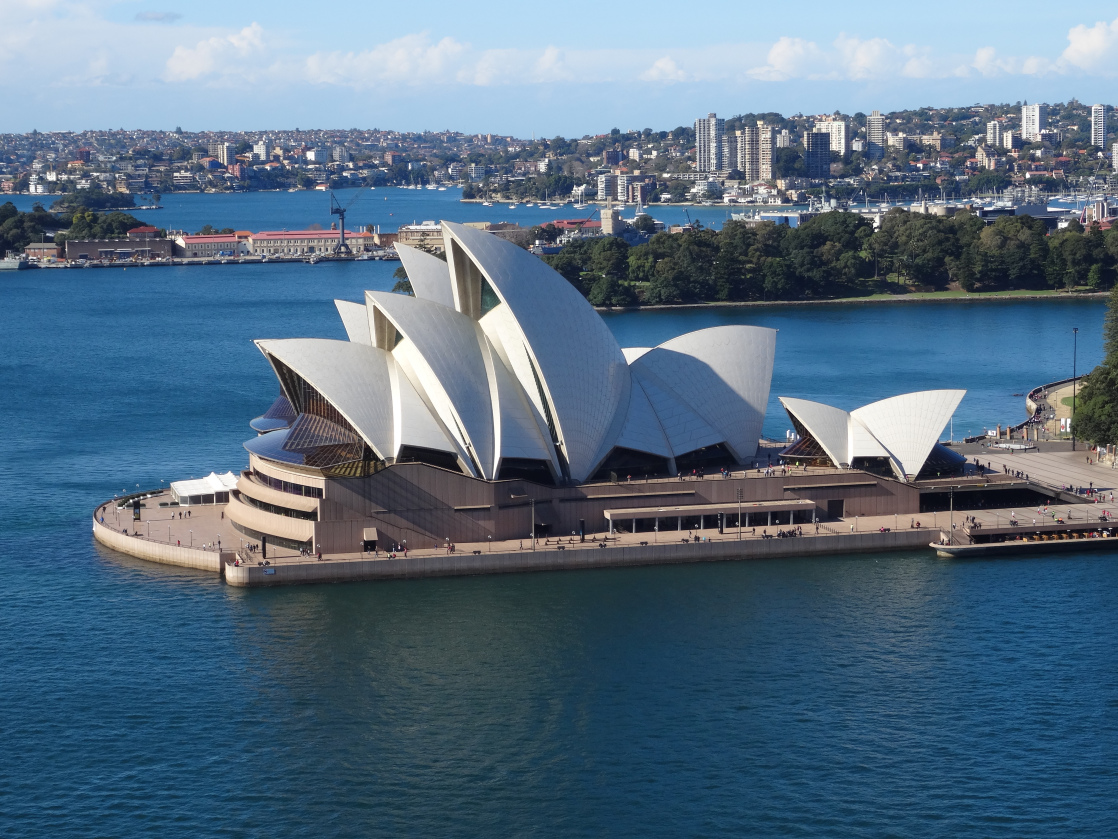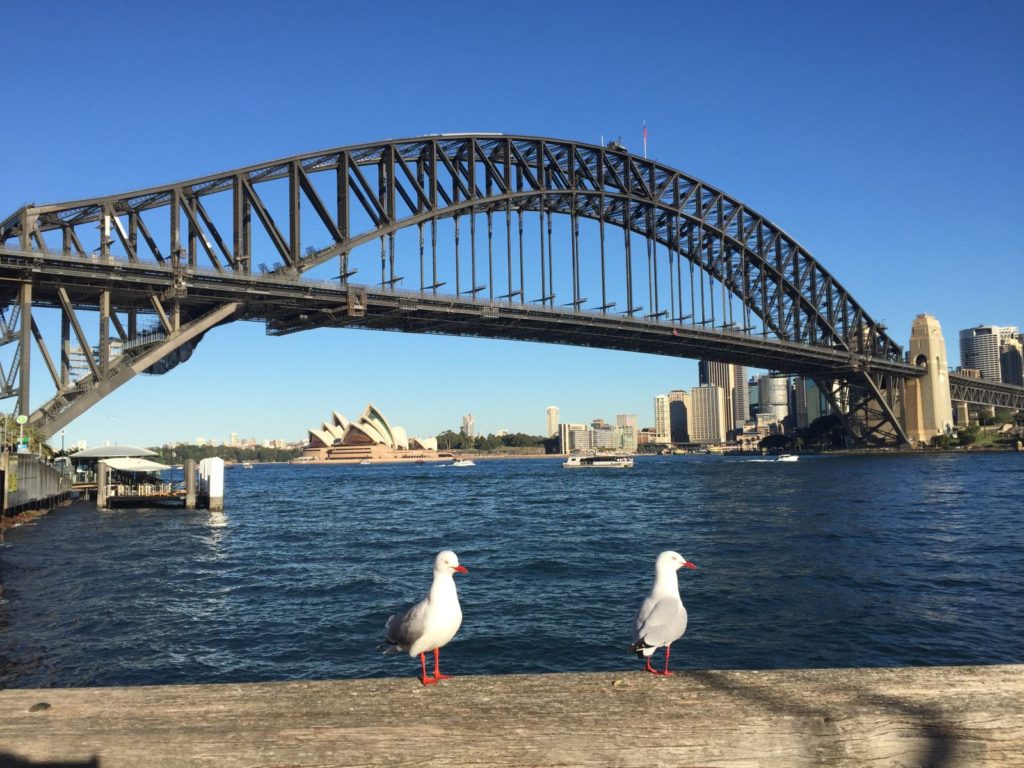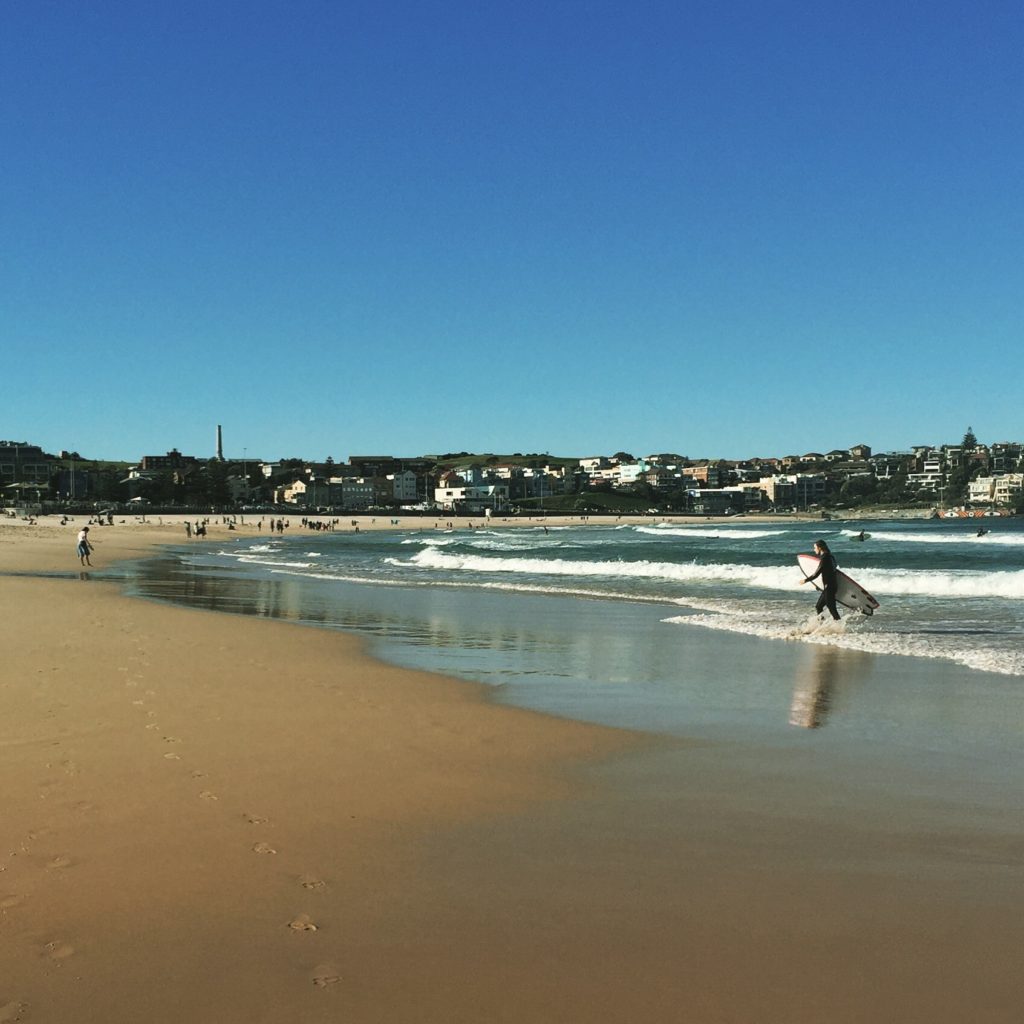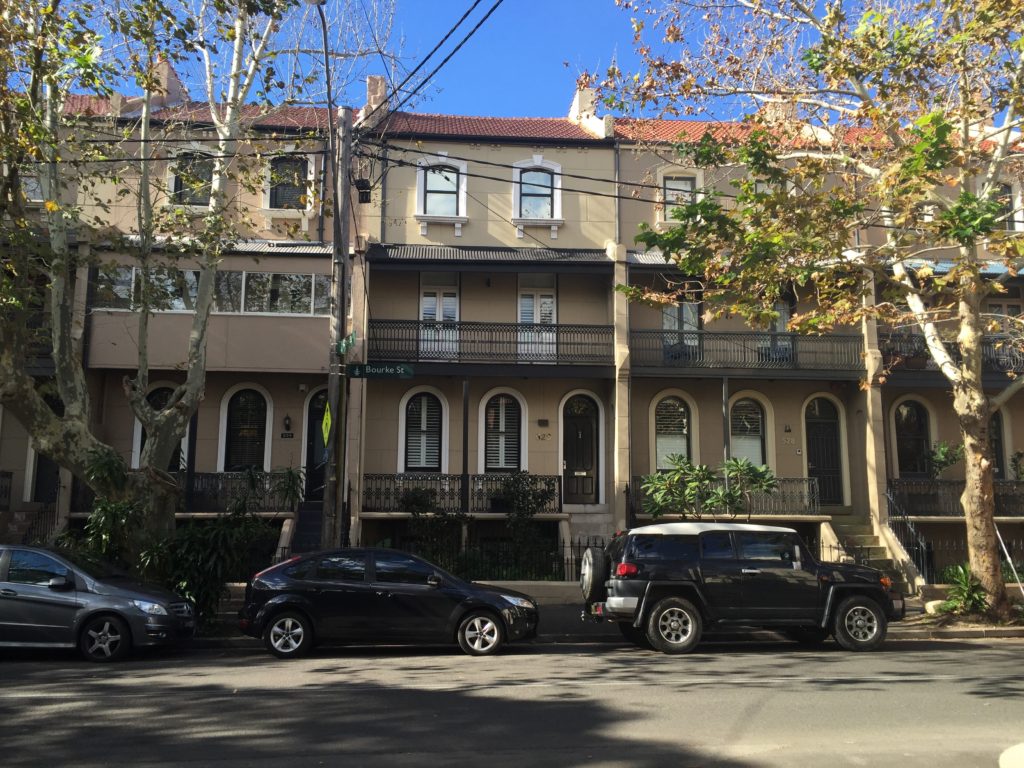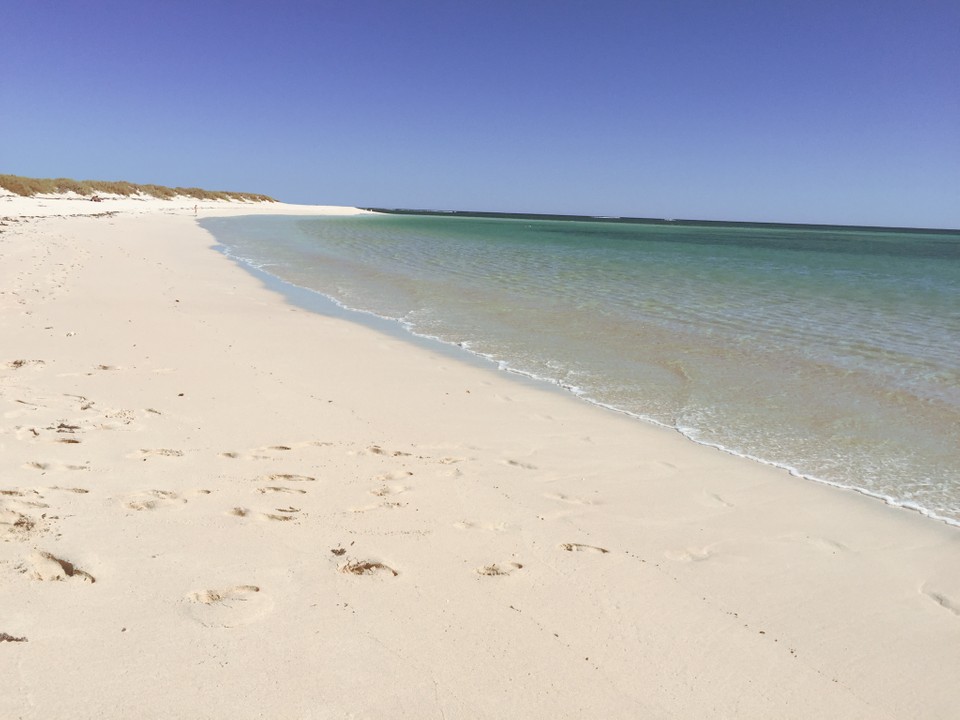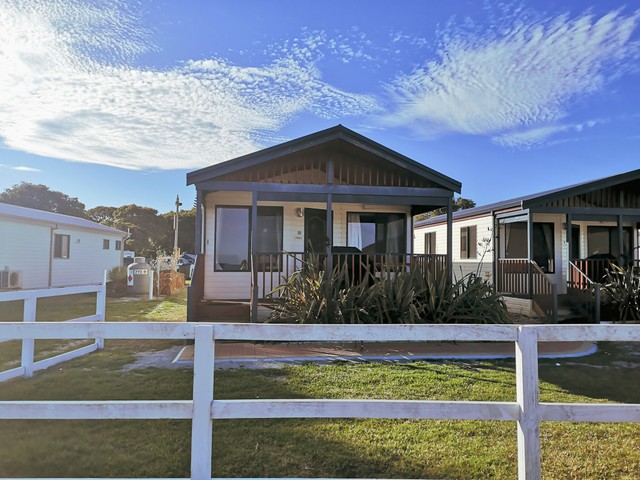
Beaches are pretty much a mainstay of Aussie culture and really who can blame them when there are so many amazing beaches to go to so close to home.
Backpacking, holidaying, living or travelling in Australia, you are probably going to hit up a beach at least once. Having visited a fair few myself now, I wanted to share what I’ve learnt to help you fit in like a local and have everything you need to have nothing but an enjoyable experience on the beach.
Coming from a landlocked home in the UK, I was pretty unfamiliar with beach etiquette and then Aussie beaches have their own safety rules that you just don’t have in the UK (thinking sharks and jellyfish here!). So from beach novice to beach novice, here is what I’ve learnt travelling around Australia.
- What to Pack for a Beach Day
- Arriving at the Beach Etiquette
- How to Cope with the Sun
- Swimming Safety
- Leaving the Beach Etiquette
What to Pack
You can go to the beach with just a towel or you can go to the beach with a beach bag, it is really up to you. Bear in mind that many beaches are a bit of a walk (although totally worth it), so you might not want to take too much. Personally, my beach kit always includes: –
Swimmers/Bathers – I normally have these on already
Towel – you need something to sit on and while you can take chairs to try and get less sandy, a towel doubles as a means to dry yourself as well as a place to lie down
Hat – I tend to plan to be on the beach a while but I definitely don’t want sunstroke so a hat is a must
Sunglasses/Sunnies – with the sun bouncing of the ocean it’s going to be bright. If you are planning on reading or using your phone you’ll want sunnies so you can actually see what you are doing!
Umbrella – sounds odd I know but as I don’t want to cart around a beach tent shelter, I carry a regular umbrella with me. It’s part of my staple backpacking kit anyway, normally for the rain, but it’s perfect as a temporary sun shelter if I start to get too hot.
Water – it’s thirsty work sunbathing!
A book – the beach is my chill out zone so I tend to take a book to read
Music – I tend to prefer the sound of the ocean but I always have some music with me just in case I get bored of reading. I tend to use headphones rather than a speaker as a courtesy to my fellow beach goers.
Sun Cream & Lip Balm – to avoid burning and getting dry lips. I tend to apply sun cream before I am at the beach as there is nothing worse than applying once there and ending up rubbing sand into your skin in some weird and uncomfortable sun screen body scrub!
A Cover Up – sometimes it can get a bit windy and chilly on the beach, or you might just feel that you are burning. So I tend to have a long sleeved cotton shirt in my bag so I can cover up if I need to.
Spare Clothes – if you’re going swimming don’t forget some underwear and clothes to change into! You’ll also need to get dressed if you want to go to any beachside cafe as they tend to not want half naked people wandering in!
Thongs/Flip Flops – these are the easiest beach shoe, although if you walk in them on the sand they have a tendency to flick sand up the back of your leg which is rather unpleasant. If that sand isn’t too hot I tend to take them off when walking on the sand.
Waterproof Bag – I either take a large waterproof bag for all my things or just a small one to put my phone and any electronic stuff in. Generally this is pretty safe on the beach, although there are thefts, but the main danger is water and sand!
Arriving at the Beach
All beaches are public land so you can pitch where you like. Generally speaking where you lay out your towel becomes your spot and is generally respected as such by everyone else.
It might not seem windy but trust me, at some point a gust of wind will pick up your towel. When you get there, anchor down the corners with your stuff – a shoe, a bag, your water bottle etc.
Once you’re settled in, sit back and enjoy!
Sun Smart
Have a Break – Australian sun is very strong, which you don’t quite realise until you’ve got burnt. Generally everyone says stay out of the sun between 11am and 3pm. If you’re at the beach it might be wise to hit a local cafe for lunch and return to the beach when the sun is a little less strong.
Be Protected – don’t forget your sun screen, hat and sunnies
Take Extra Precaution – whether you forgot to reapply, haven’t drunk enough water or simply just start feeling a bit too hot, it pays to have some extra precaution sun items with you. Many locals take sun shelters or big umbrellas with them just for this occasion. However, as a backpacker this might not be so feasible. I therefore tend to just have a regular umbrella on me that I can pop up for some instant shade. I also take a cover up so I can cover my skin as much as possible if I start to feel it burning.
Wear a UV Rashie – the easiest place to burn is actually out swimming. You may want to get a UV rash vest. Yes it will stop you getting that bikini tan but it might also stop you burning! You can always sunbathe on the beach after your swim!
Swimming in Safety
When you go to Australia everyone says to watch out for sharks, stingers and rip tides. Well shark attacks aren’t too rare and they are pretty good at spotting them. Stingers are pretty common so just keep an eye out. And rip tides are possible but generally, where they have put the flags out tends to be the safest place to swim, it is also where the lifeguards are. So my main tip – swim between the flags!
Leaving the Beach
The beach is public land so it’s good manners to leave it as you found it and take any rubbish with you.
No matter how hard you tried, there is probably sand on your towel. Try to assess where the wind is before you pick your towel up and shake it as your neighbors will not be best pleased with a sand shower.
Look out for the showers – most beaches have showers or foot showers on the way of the beach so you can wash the sand off.
So that’s it, my tips for tackling an Aussie beach like a pro. Hope it helps and you have lots of enjoyable beach visits. Comment and let me know which beaches you’ve gone to, would love to hear about it.


